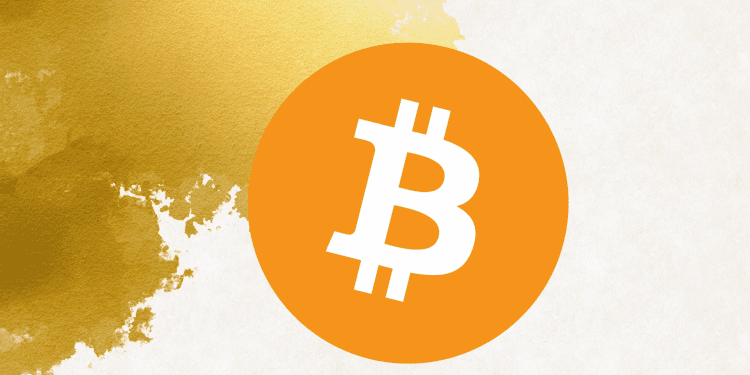- Mining one Bitcoin costs around $53,000 on average for large mining companies, according to CoinShares.
- The total power of Bitcoin mining is expected to increase to 700 Exahash by 2025, requiring more energy, but some less profitable mining machines may be turned off after the halving, reducing that by 10%.
- Miners are moving to areas with cheaper, often wasted energy sources like flared gas, using AI to optimize operations in countries with stable and inexpensive energy, and using profits from the bull run to pay off debts and prepare for shifts in the mining market.
Mining Bitcoin is an expensive endeavor, especially after the recent halving reduced rewards for miners. According to CoinShares, the average cost for major mining companies to produce one Bitcoin is now around $53,000.
What is Bitcoin Mining?
Bitcoin mining involves using computers to decode transaction blocks on the Bitcoin network in order to verify transactions. Miners are rewarded with Bitcoin for successfully decoding these blocks. The recent Bitcoin halving cut the mining reward in half, meaning miners now receive less Bitcoin for performing the same work.
Electricity Costs Are A Major Factor
Most of the cost for Bitcoin mining comes from electricity required to power the mining machines. While the Bitcoin price may double after the halving, the electricity costs for miners remain the same. This has squeezed profit margins for miners.
Future Projections For Bitcoin Mining
Experts estimate the total hashrate of the Bitcoin network could reach 700 exahash per second by 2025, requiring a massive amount of electricity. However, some inefficient mining machines may be turned off after the halving, reducing the hashrate in the near-term.
How Miners Are Adapting
To deal with rising mining costs, some operations are moving to regions with cheaper electricity. Others are utilizing wasted energy sources, like natural gas that would otherwise be flared off. The use of AI and data centers in locations with inexpensive energy and stable infrastructure can also improve profitability.
The Outlook After The Halving
While mining costs are likely to increase after the halving, Bitcoin’s price appreciation can help offset this. Miners are paying off debts and preparing for shifts in the competitive landscape. The costs of producing Bitcoin may rise in the near-term, but miners are finding creative ways to remain profitable.














